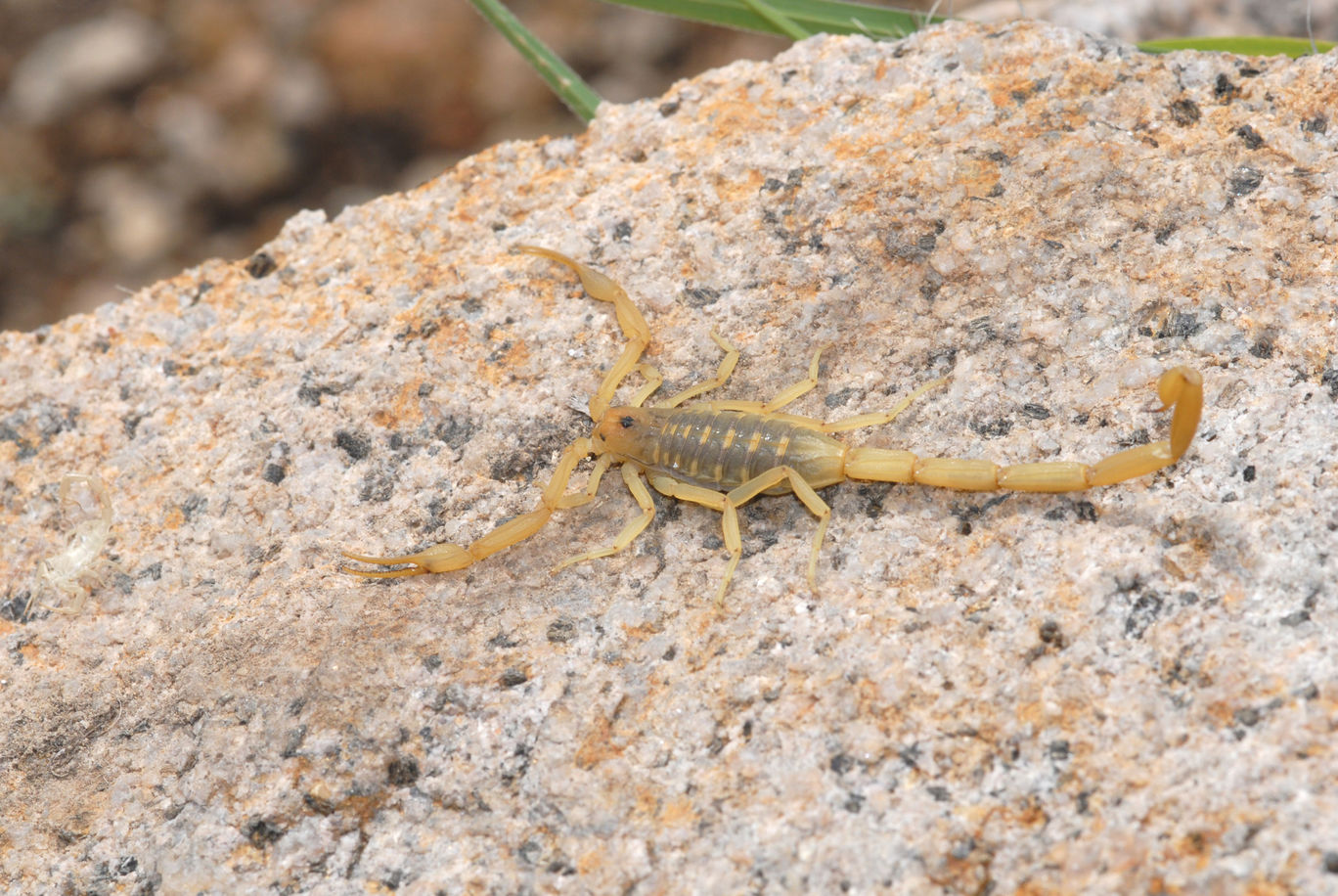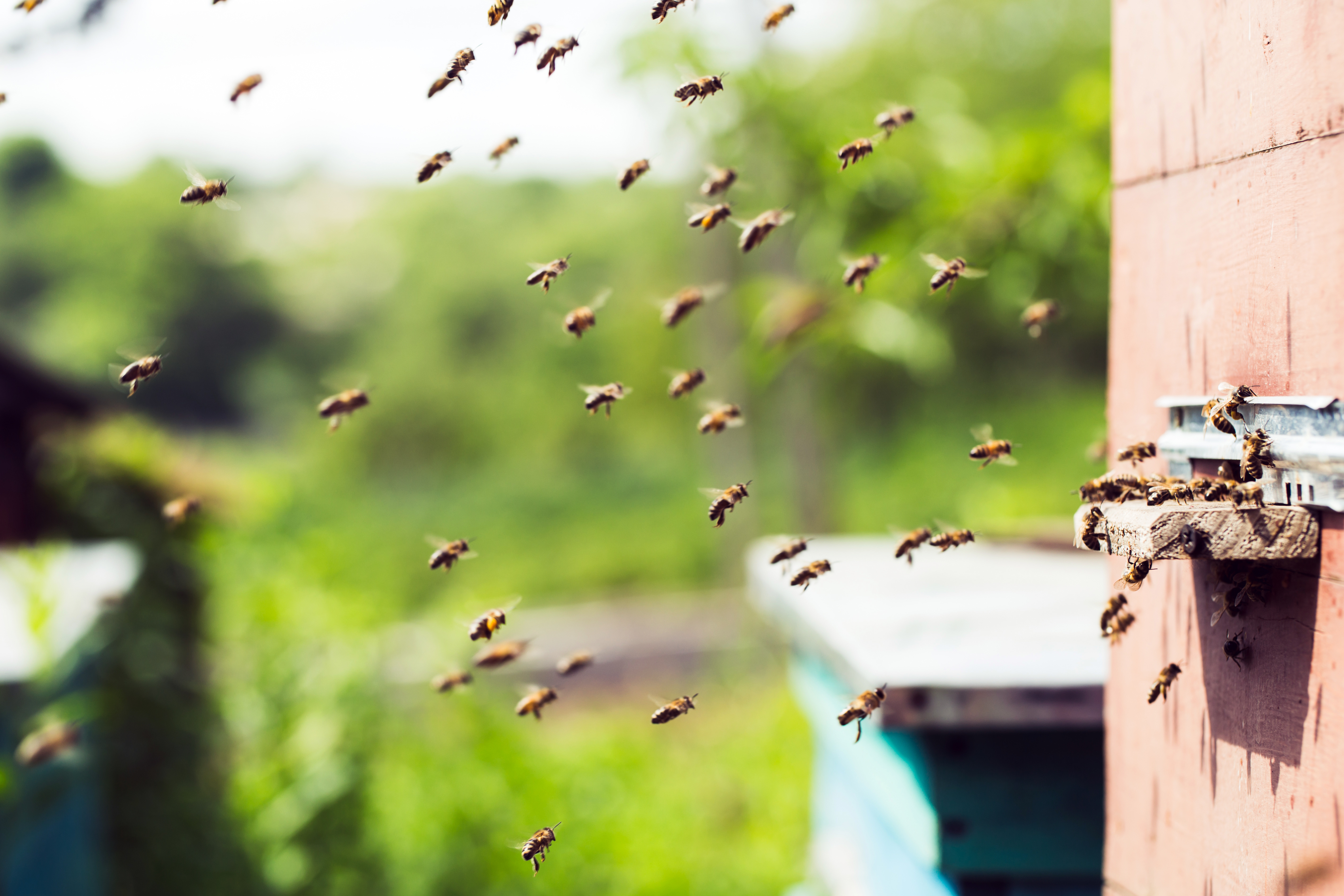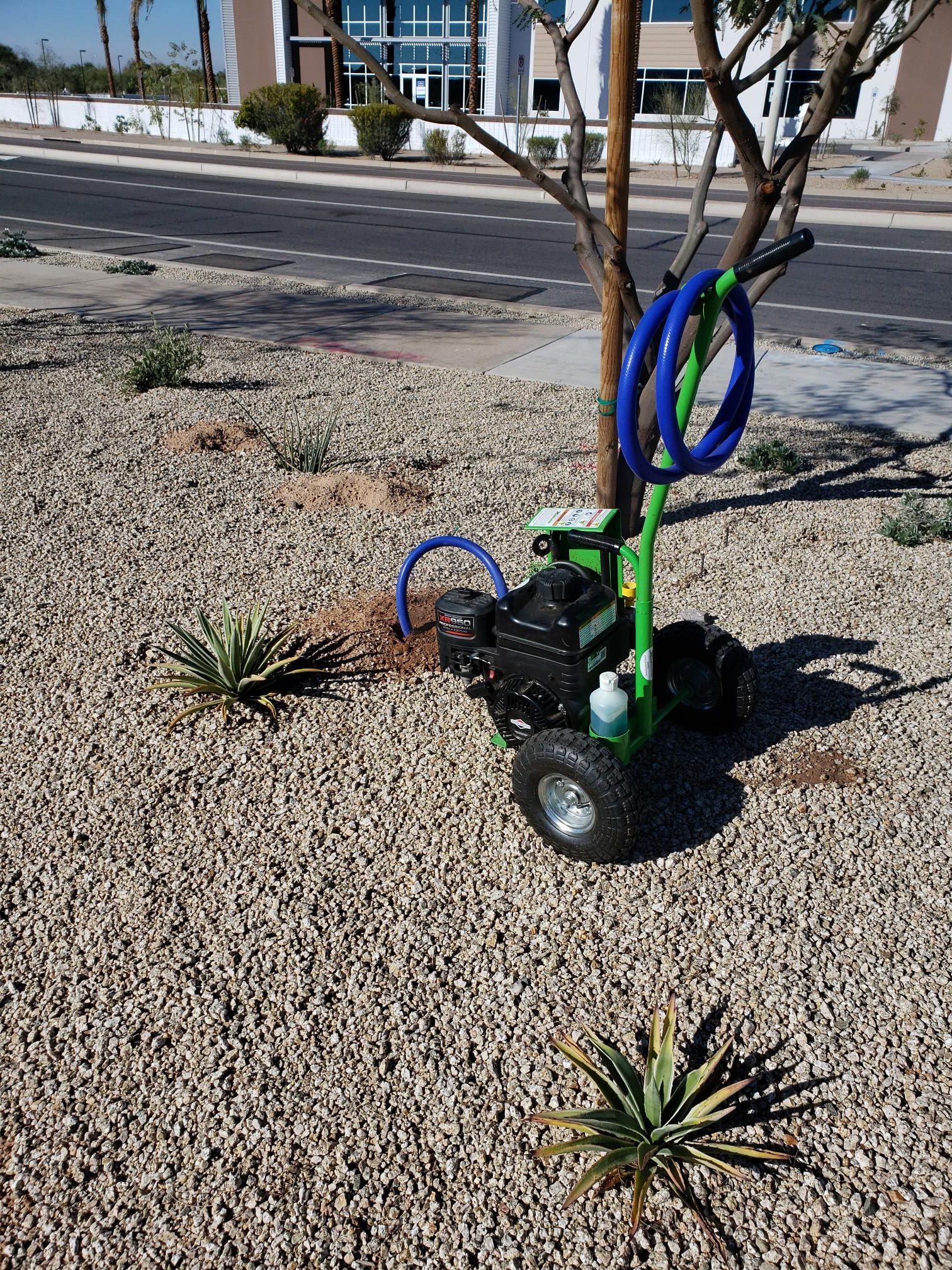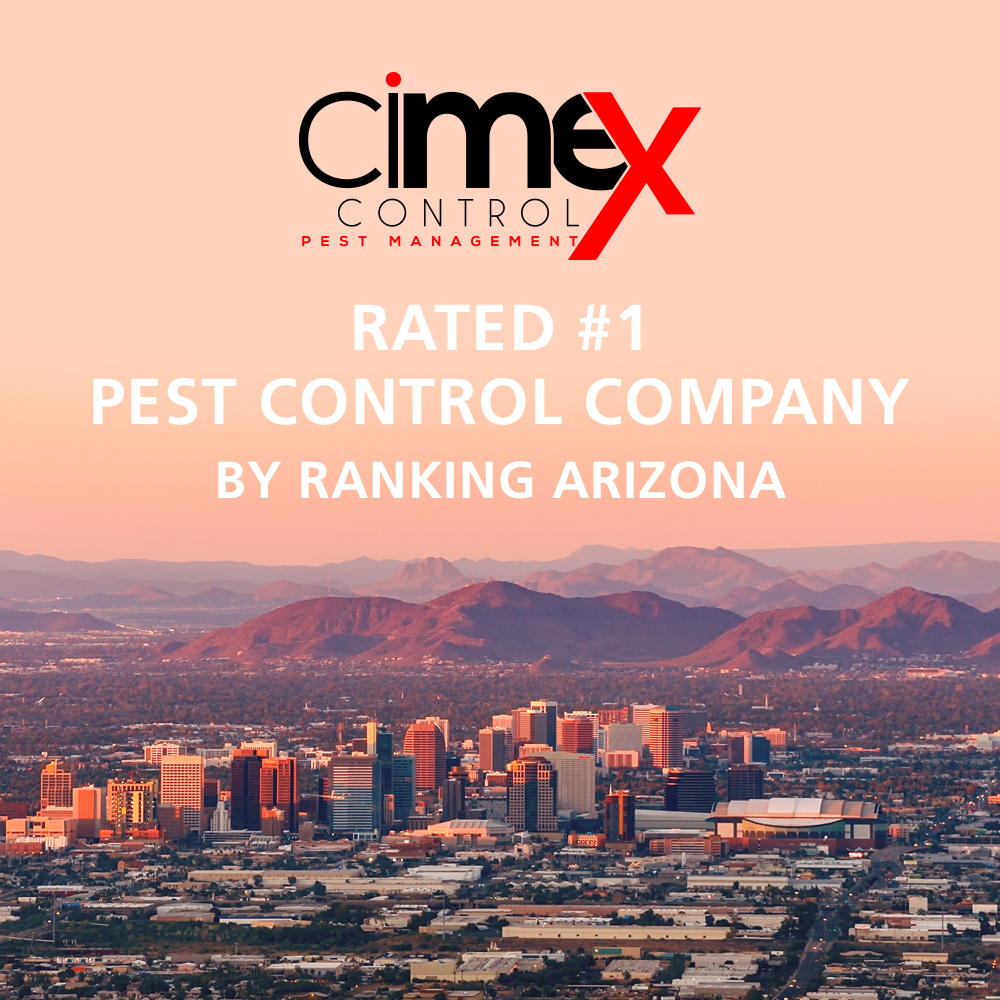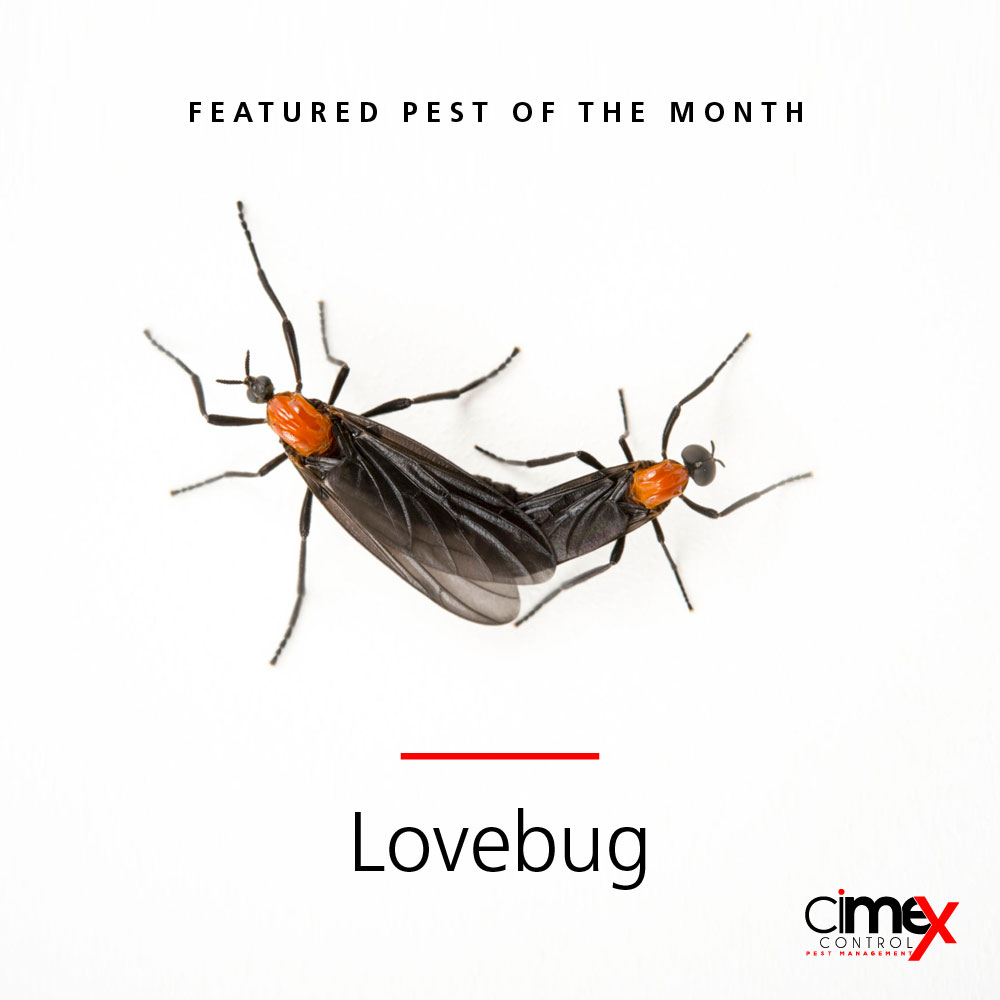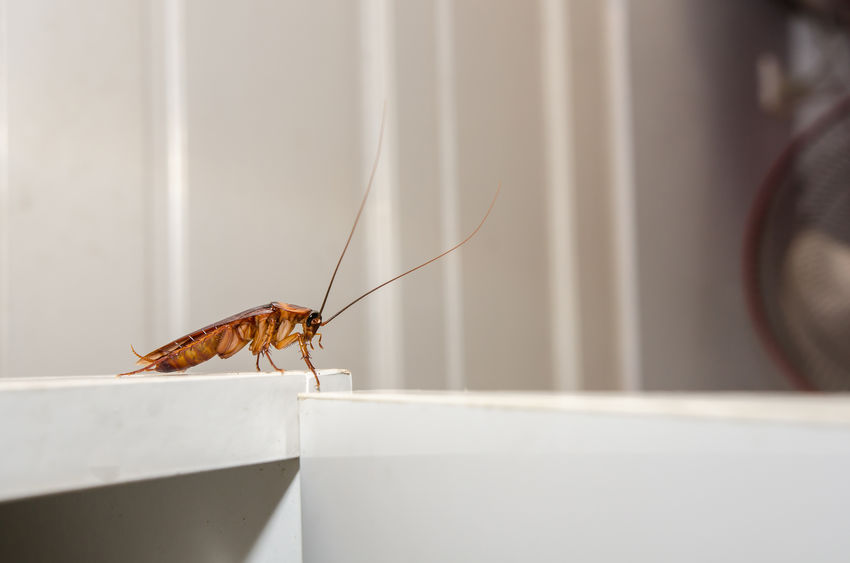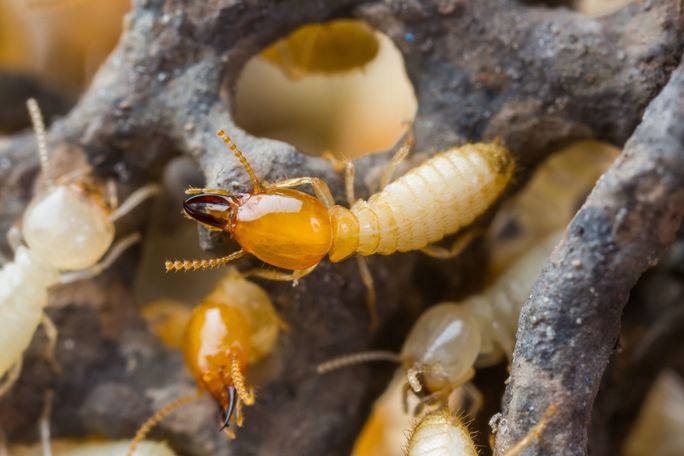
Termites are a constant threat. They are active during every season. It is important to have a pet control plan ready to implement at the first sign of termite infestation. So why are termites so destructive and how can you spot them before they cause serious damage? The following will help you understand termite infestations and how to take care of the problem before they take over your home, apartment, or office.
What are termites?
Termites are insects that feed on cellulose, which means every home or building can play host to this silent killer. Termites can take over plant or wood materials with no sign that they are there. The insect is designed to tear through cellulose materials, but they can feed on a book as easily as they can feed on the structure of your walls.
Common signs of termite infestation
The most common sign of termite infestation is small, winged insects trying to escape the home. It is also common to see a cabinet infestation of termites hovering around the colony site. These signs often occur during early Spring.
If you have paint that has bubbled or cracked, that could be because of termites feeding off the interior of your home or office. As they approach the surface, the paint or coating on the surface will bubble. Another sign is solid wood becoming hollow. Termites leave the outer structure of wood, or cellulose, intact. They carve out the interior until it becomes hollow. You can test wood by tapping on it. If the wood is hollow, the tapping will leave an echo as the sound vibrates.
Ridding your home of termites
As mentioned above, you should deal with a termite infestation as soon as you suspect it. Since termite infestations can cause extensive damage, it is best to have a professional exterminate the infestation. Call CimeX pest control for help. We perform free inspections upon request. We also tailor our plans to each pest problem, making sure we remove critters the first time. Call us at (602) 688-4985 or send us a message at ftorres@cimexcontrol.com

